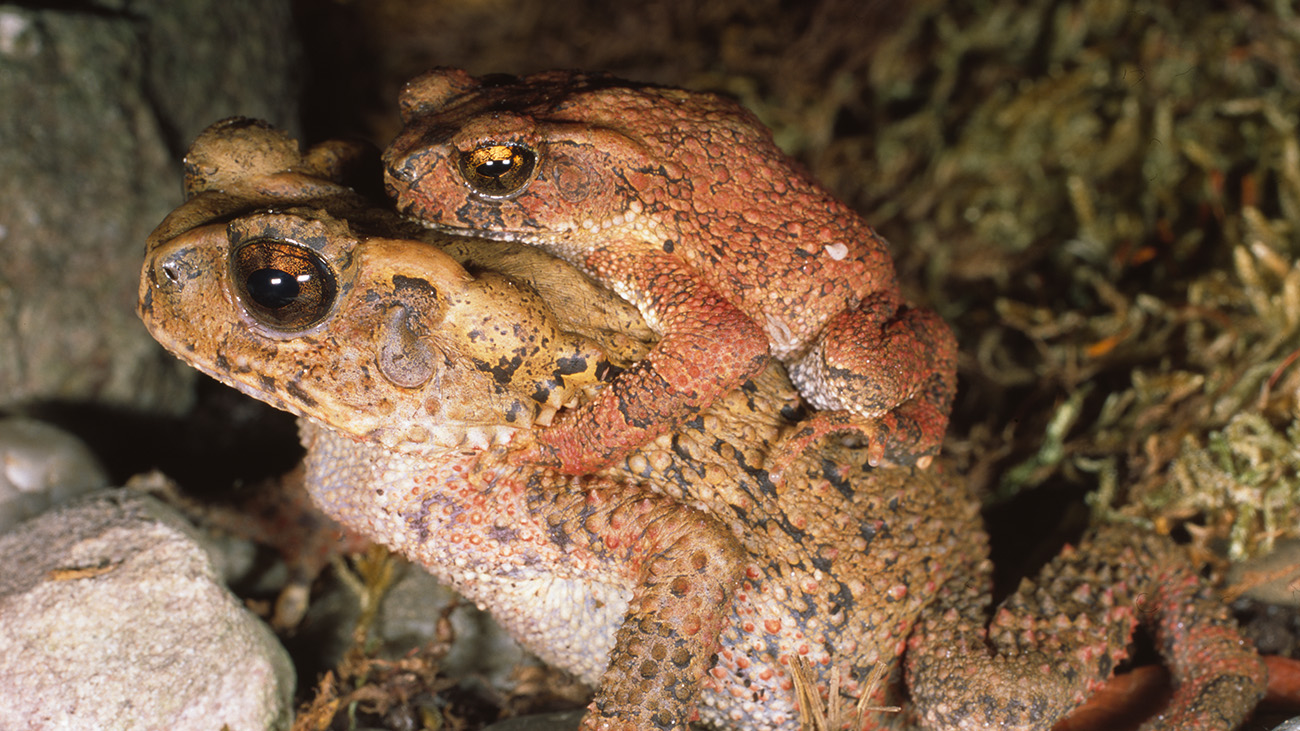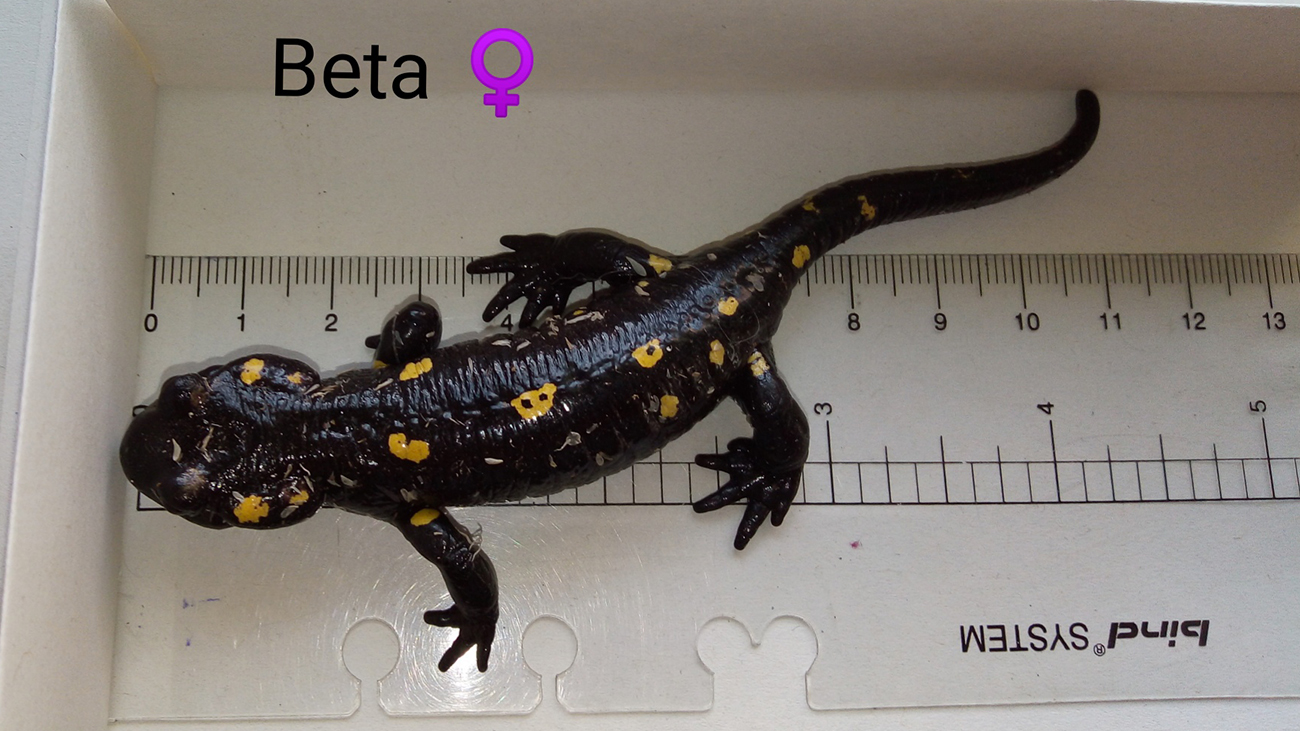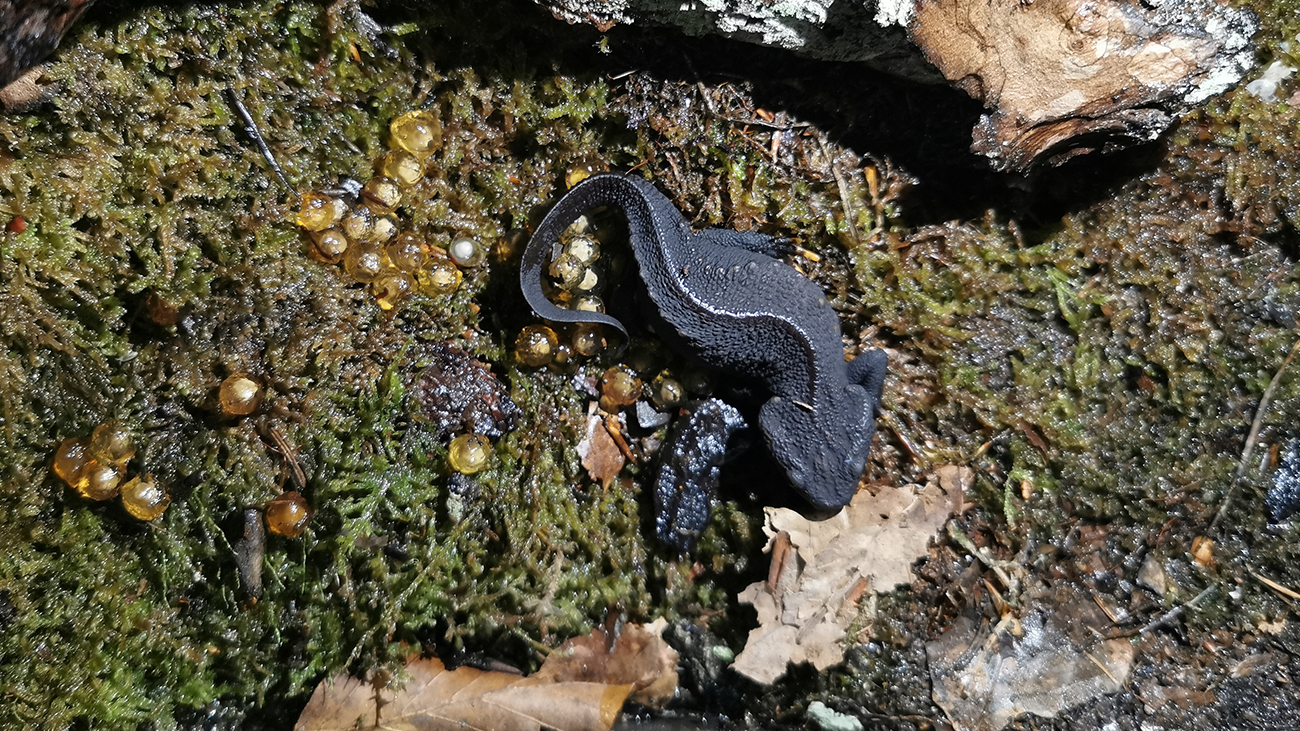Protecting species – Preliminary results, May 2020
A year and a half ago, we started developing our conservation breeding program using amphibians as an example. This included everything that belongs in a pilot phase: setting up the organizational structure, the website, the administration. Funding had to be secured, the workforce built up, and of course we had to introduce CC to the public. We started with five “example species”.
In the midst of the pilot phase
We are still in the middle of this pilot phase. But something is happening to the animal population, something very elementary: the animals are getting older and are gradually reaching sexual maturity. So far, we assembled the CC animal population from breeding animals from zoos and private owners who came to our program as adolescents. Depending on the species, it takes a long time before they themselves are old enough to give birth to newborns.
Overview May 2020
Latin name | Engl. name | number of animals (m/f/u) | number of keepers | deaths 11/19 – 04/20 (m/f/u) | new offspring 11/19 – 04/20 (m/f/u) | external arrivals 11/19 – 04/20 (m/w/u) | aim (animals, keepers) | status* |
|---|---|---|---|---|---|---|---|---|
Agalychnis lemur | Lemur Leaf Frog | 5/6/0 | 2 | 0/0/3 | 0/0/0 | 2/2/0 | 225, 40 | 5%
|
Ambystoma dumerilii | Lake Pátzcuaro Salamander | 26/21/0 | 6 | 0/0/0 | 0/0/0 | 0/0/0 | 225, 40 | 18% |
Ingerophrynus galeatus | Bony-headed Toad | 13/8/9 | 6 | 1/0/9 | 0/0/0 | 0/0/23 | 225, 40 | 14% |
Minyobates steyermarki | Demonic Poison Frog | 0/0/8 | 1 | 0/0/0 | 0/0/0 | 0/0/0 | 110, 20 | 4% |
Salamandra sal. almanzoris | Almanzor Fire Salamander | 3/2/37 | 9 | 0/0/1 | 0/0/0 | 0/0/6 | 185, 30 | 28% |
Tylototriton vietnamensis | Vietnamese Crocodile Newt | 4/4/4 | 4 | 0/0/0 | 0/0/0 | 4/4/4 | 185, 30 | 10% |
*Status = Average of the already achieved percentage of the targeted number of breeders and the target animal population
On the brink of adulthood
Our Lake Patzcuaro Salamanders are slowly but surely growing up. Last fall, a female salamander laid a first clutch of eggs in the Münster Zoo, from which two larvae hatched, but unfortunately have not developed yet. Nevertheless: it’s a beginning! Our bony-headed toad breeders are reporting of their first attempts to get into the amplexus – the clasped position the frogs use for mating. We are optimistic that we will be able to show our first breeding successes for these species in 2020.
Patience please
With the Almanzor fire salamanders, it will probably take a year or two until the young animals reach sexual maturity. In contrast, the Demonic poison frogs and the Lemur leaf frog so far have not succeeded in building potential breeding groups. With such rare species, it is sometimes hard to get suitable pilot animals in the first place. But we do have some good news from the Lemur leaf frog: We will soon be able to add a large number of young leaf frogs to the project, so that in 2020/21 we can hope for offspring from these critically endangered frogs.
Jumpstarter
As our sixth and final species, we were able to add the Vietnamese crocodile newt to the CC program. The first ever successful breeding of these rare amphibians took place in the Cologne Zoo the year before. And they did not slow down: As soon as they were moved to a private CC breeder at the turn of the year, they started their reproductive activities. In the meantime, the first larvae are growing up, and we are optimistic that we will be able to show the first own CC offspring of this species in our next biannual figures on November 1, 2020.



